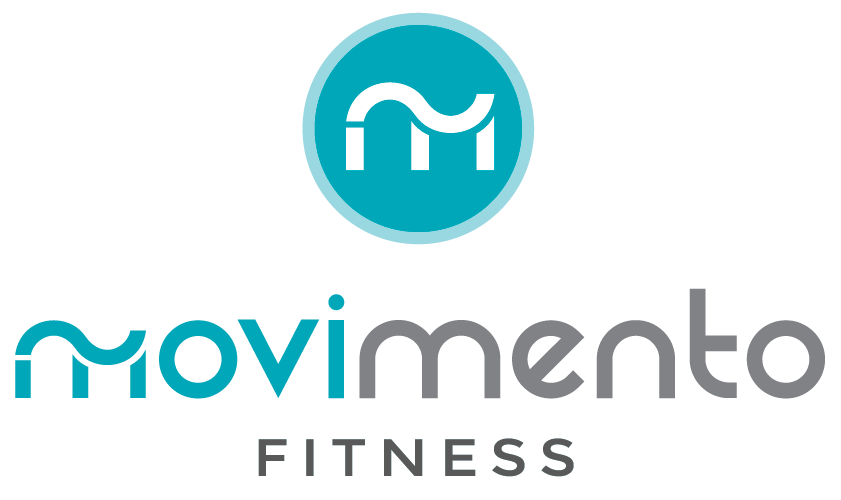[vc_row][vc_column][vc_column_text]When suffering from an injury and at home treatments don’t seem to be doing the trick, at some point we finally take in our pride and make the decision to see an Athletic Therapist or Physiotherapist to help us better understand the physical pains we may feel in our muscles and joints. Whether you suffer from an acute type injury or one that has been chronically nagging you for quite some time, seeing either one of these medical professionals can be a great option to better educate you on your specific injury. Once the full assessment has been completed, the therapist will come up with a treatment plan that will be catered to your specific needs for the healing process to begin in a controlled manner. This will include a combination of manual therapy techniques and therapeutic modalities. Although, there are numerous types of methods that can be used in a patient’s treatment plan, your therapist may not fully explain the reasoning why they chose these methods for you. Let’s briefly take a look at some of the methods that are commonly used:
Heat Therapy (Thermotherapy):
When an injury is past the acute stage, the therapist will usually begin the session by applying a heat pad to the area of pain. Applying heat will allow increased blood circulation to the injury site which will allow more oxygen and healing properties in the area to help speed up the healing process. Heat can also decrease pain signals to the brain, reducing pain at the injury site. Heat should NOT be used for an ACUTE injury as it will increase swelling to the area and aggravate the injury even more.
Friction Massage:
A therapist may use this massage technique to break up muscle knots, adhesions and scar tissue. It will help in the realigning of muscle fibers while increasing circulation and flexibility thus decreasing discomfort or pain even though it can be painful in the moment of application. This is usually performed by applying deep pressure using the ball of the thumb and rubbing the top layers of skin back and forth in a direction that goes against the direction of the muscle fiber and against underlying muscle tissue below. This method is especially effective in treating injuries such as tennis and golfers elbow and patellar tendonitis
Ultrasound:
When using this method, the therapist will apply the thermal effect of therapeutic ultrasound to the skin. This is a great way in promoting local blood flow to the injury site to increase healing rate by bringing in oxygen and healing nutrients. This modality also helps heat soft tissue at deeper levels compared to a superficial heating pad that is applied on the skin. It also helps with reducing local swelling and chronic inflammation and the breakdown of scar tissue. This is most commonly used for soft tissue type injuries such as tendonitis, non-acute joint swelling and muscle spasm. Most ligament and muscle type injuries can benefit from ultrasound.
TENS (Transcutaneous Electrical Nerve Stimulation):
With this form of therapy, electrode pads are placed around the pain area from the TENS unit. This will cause an electrical current to occur across the injury site. The therapist adjusts the electrical stimulation intensity accordingly and a strong but comfortable tingly sensation should be felt by the client where the pads placed. With this electrical current stimulating the nerves at the injury site it will send signals to the brain that will block or scramble the pain signals. Although effects are temporary, this method can also stimulate the release of endorphins which is our bodies natural pain killer will block the perception of pain.
IFC (Inferential Current Stimulation):
With similar effects as TENS this type of modality also uses electrical currents to stimulate the release of endorphins and block pain signals to the brain. Without getting too technical, the main difference between Tens and IFC is the set up of the pad placement and electrodes around the injury site. IFC also uses a much higher frequency current which also allows deeper penetration in the muscle tissue. IFC can also help in reducing swelling and increase blood flow to the area to promote healing and repair at the injury site. The electrical current is said to be more comfortable compared to TENS
NMES (Neuromuscular Electrical Stimulation):
When this type of electrical stimulation is applied it causes the muscle to contract and relax. Although it can be used for pain management it is mainly used as at rehabilitation tool for patients who have been immobilized for a period of time such as in fractures or surgeries. This modality helps in preventing muscle atrophy and helps in strengthening muscle tissue through re-training and re-education of nerve fibers that innervate the specific weakened muscle.
Cryotherapy (Cold Therapy):
In most cases at the end of a treatment session the therapist will apply a source of cold to site of injury. This may also be combined with IFC or Tens. Cryotherapy is an important aspect when dealing with injuries because it helps in reducing swelling which in turn will reduce pain.
So, the next time you visit an Athletic therapist or Physiotherapist and they include one or more of these methods in your treatment plan, you will have a better understanding of why it was included and the goal of each technique or modality that is trying to be achieved.[/vc_column_text][/vc_column][/vc_row]


